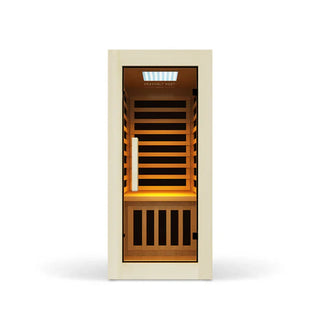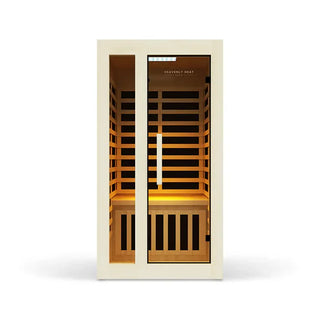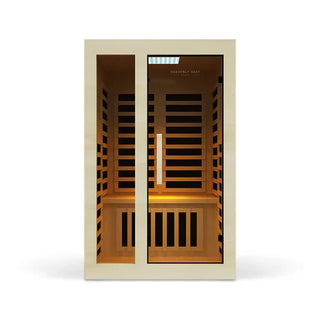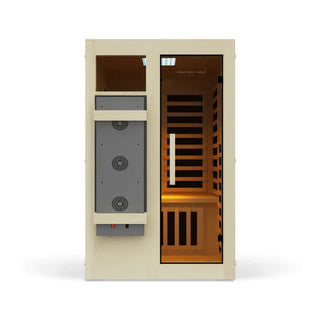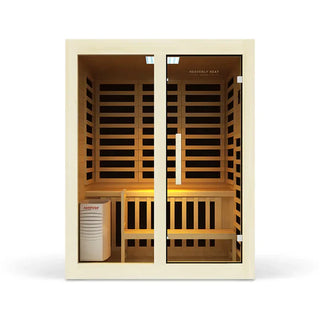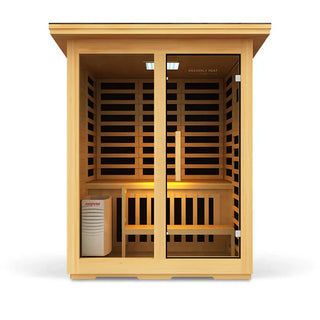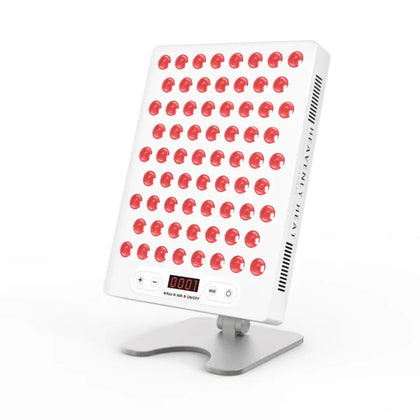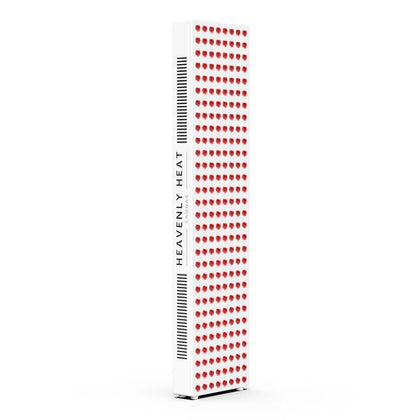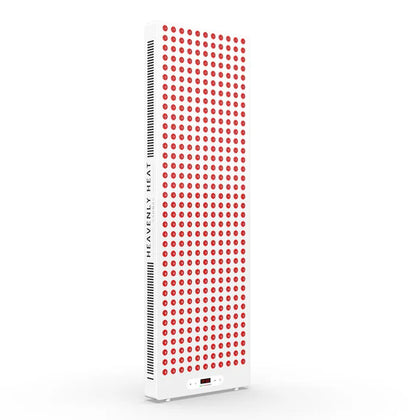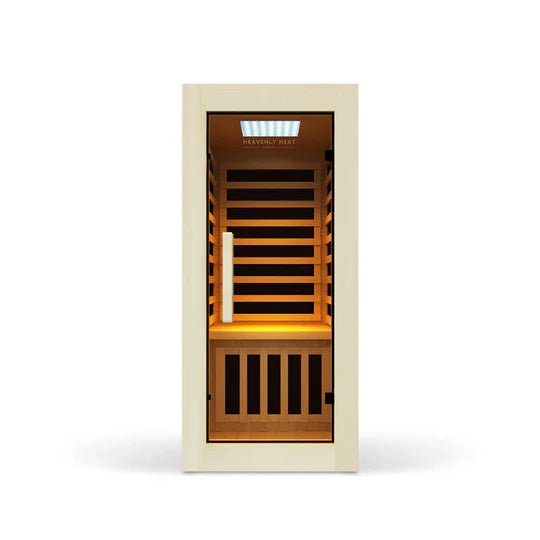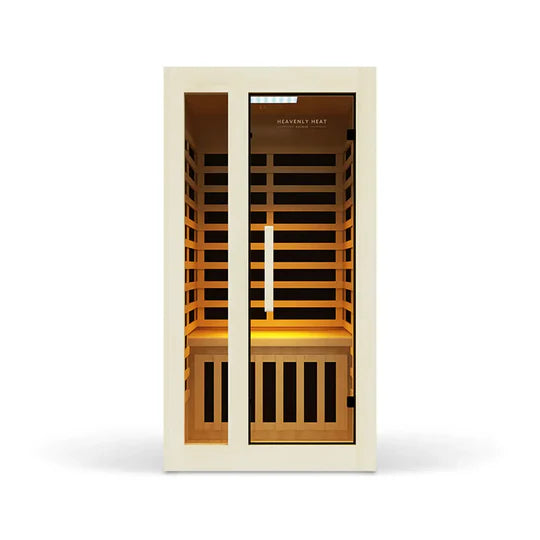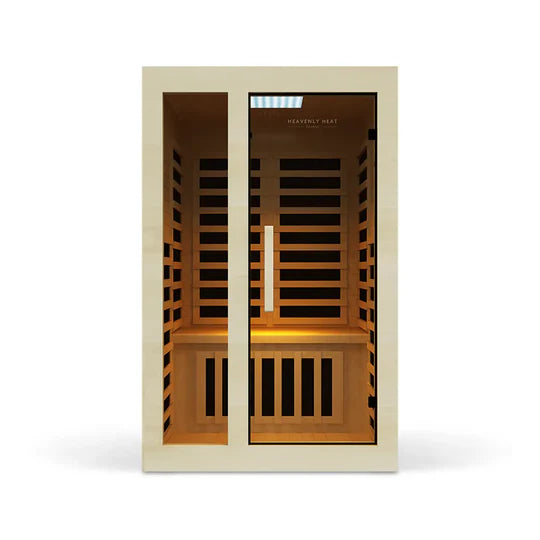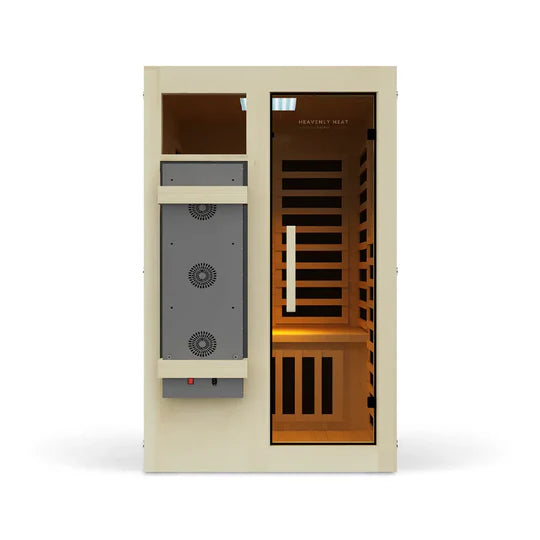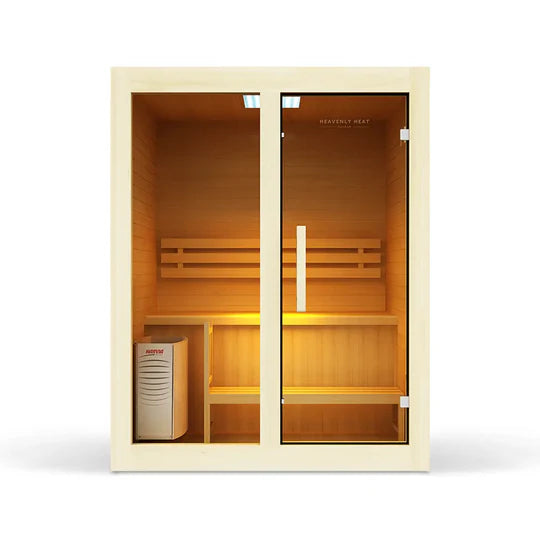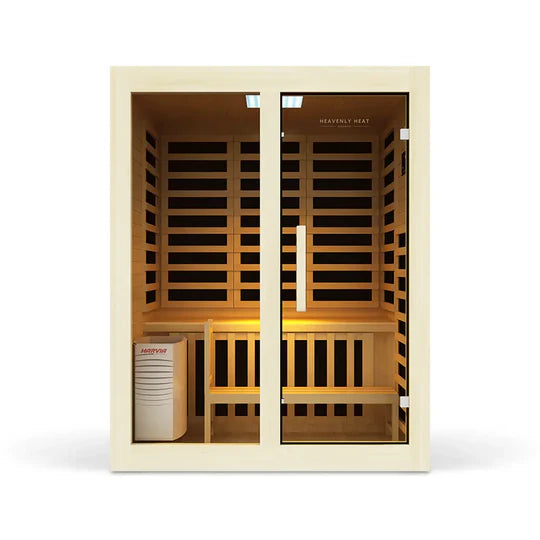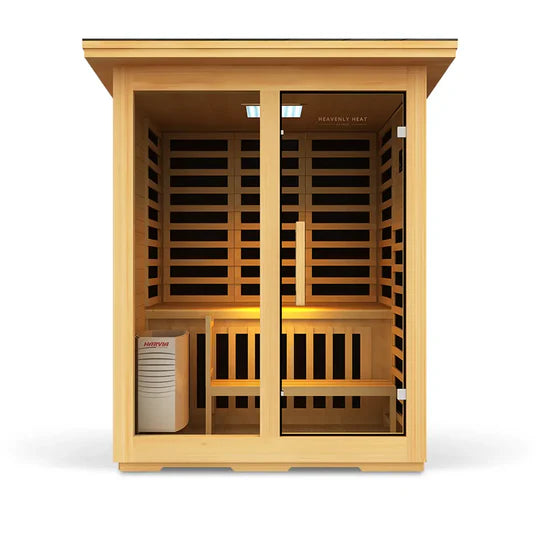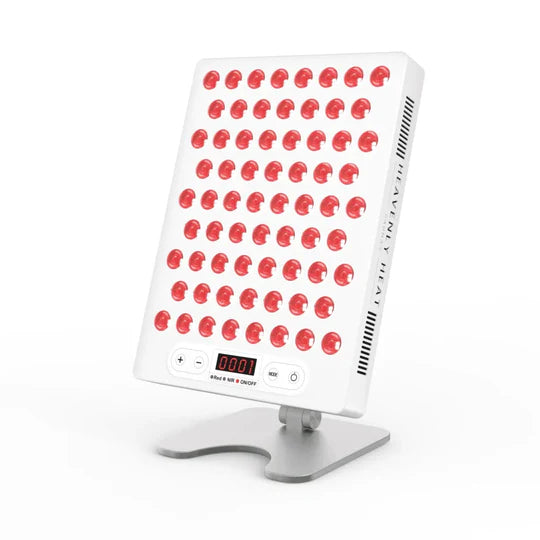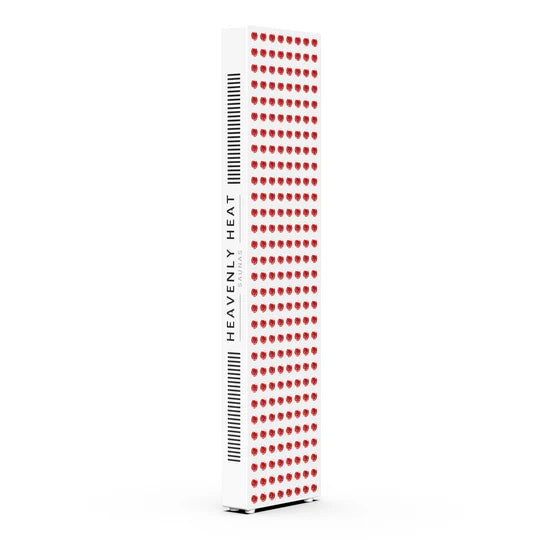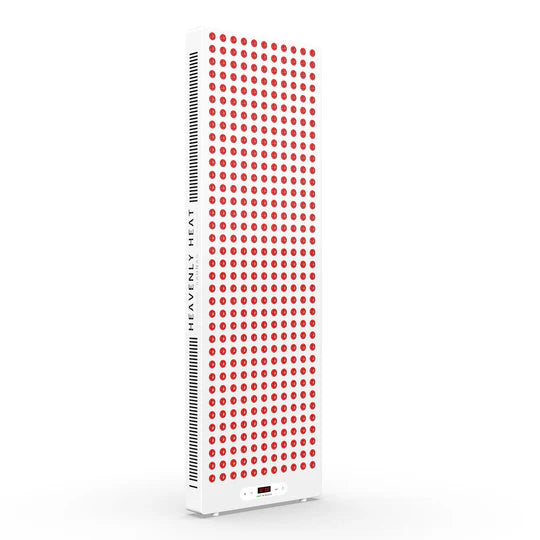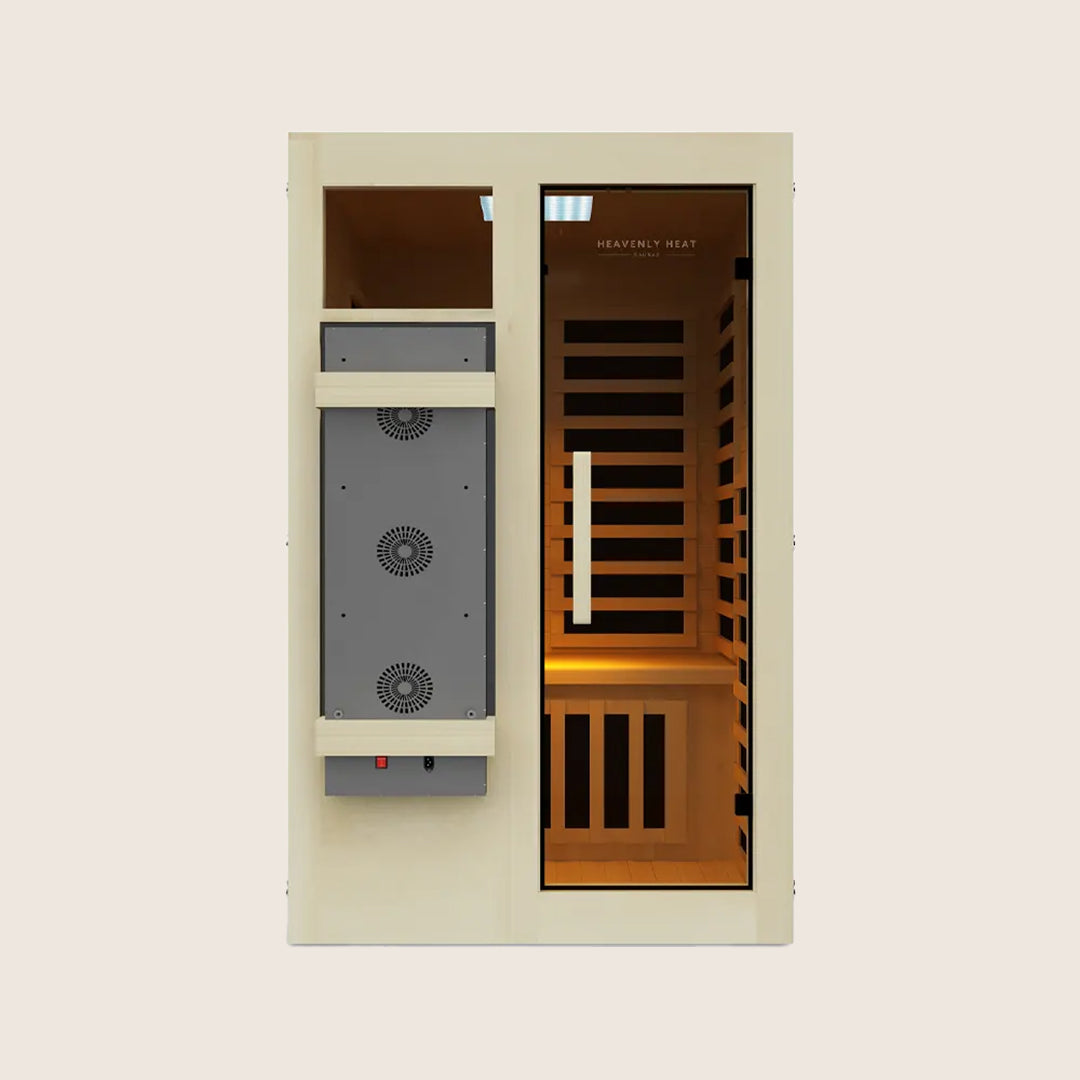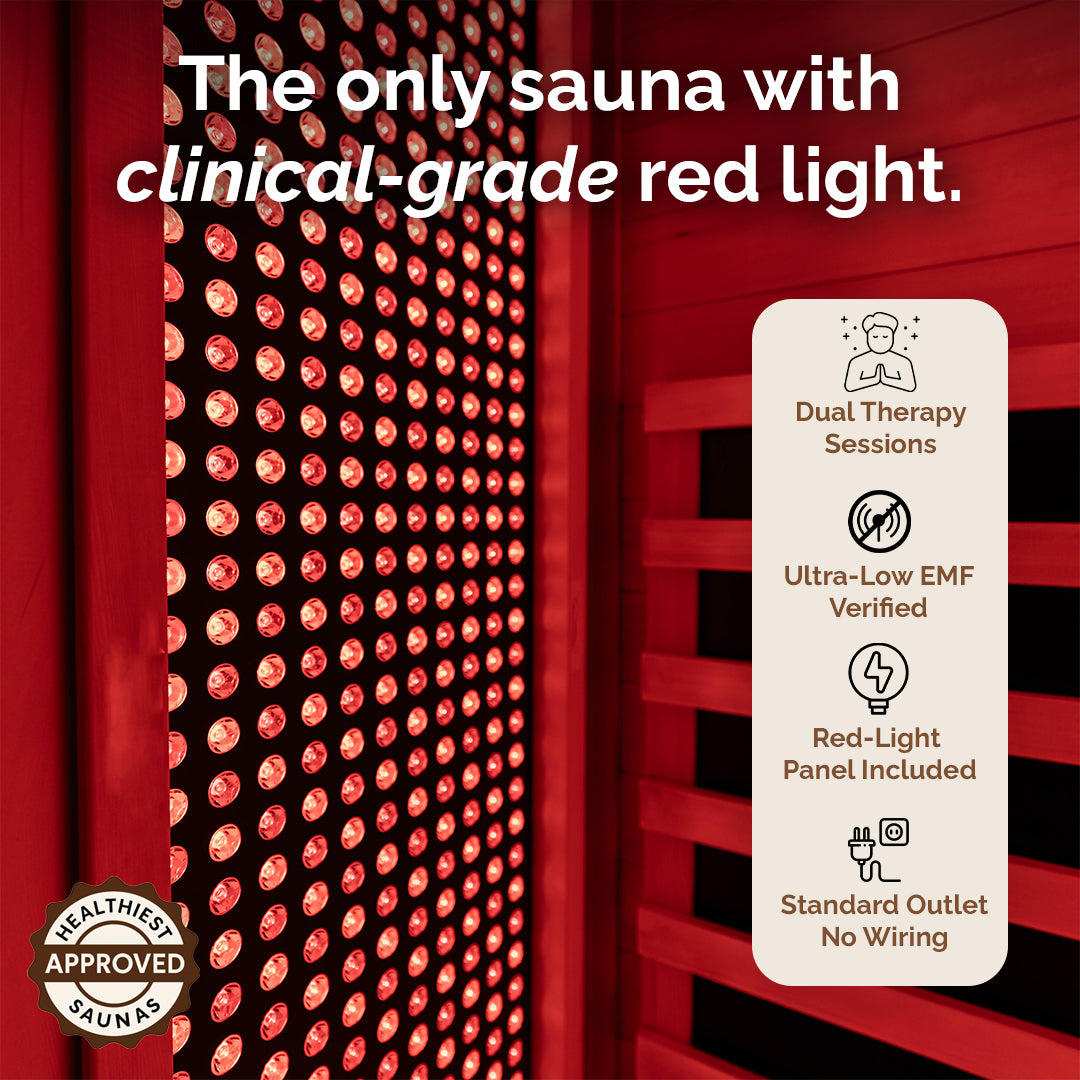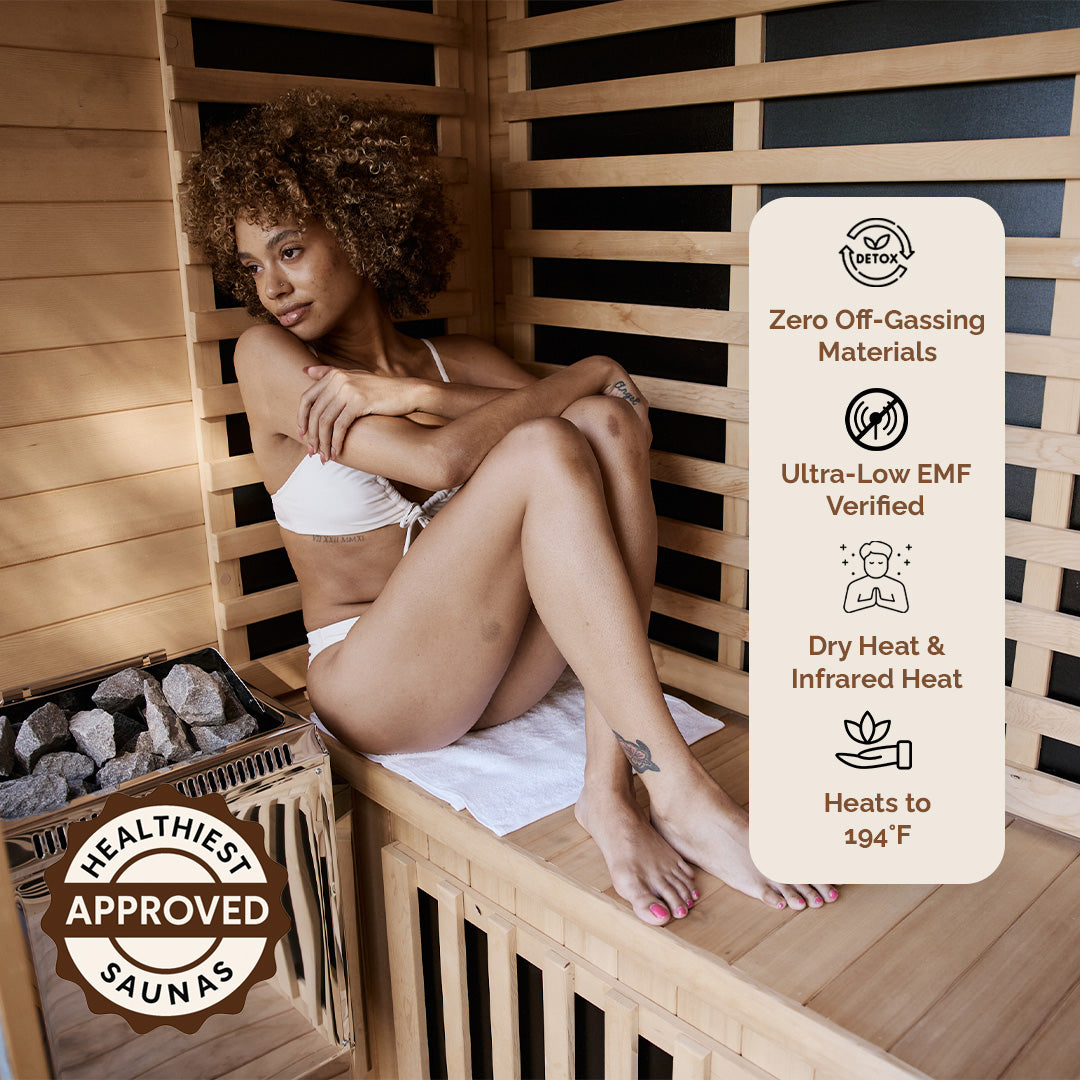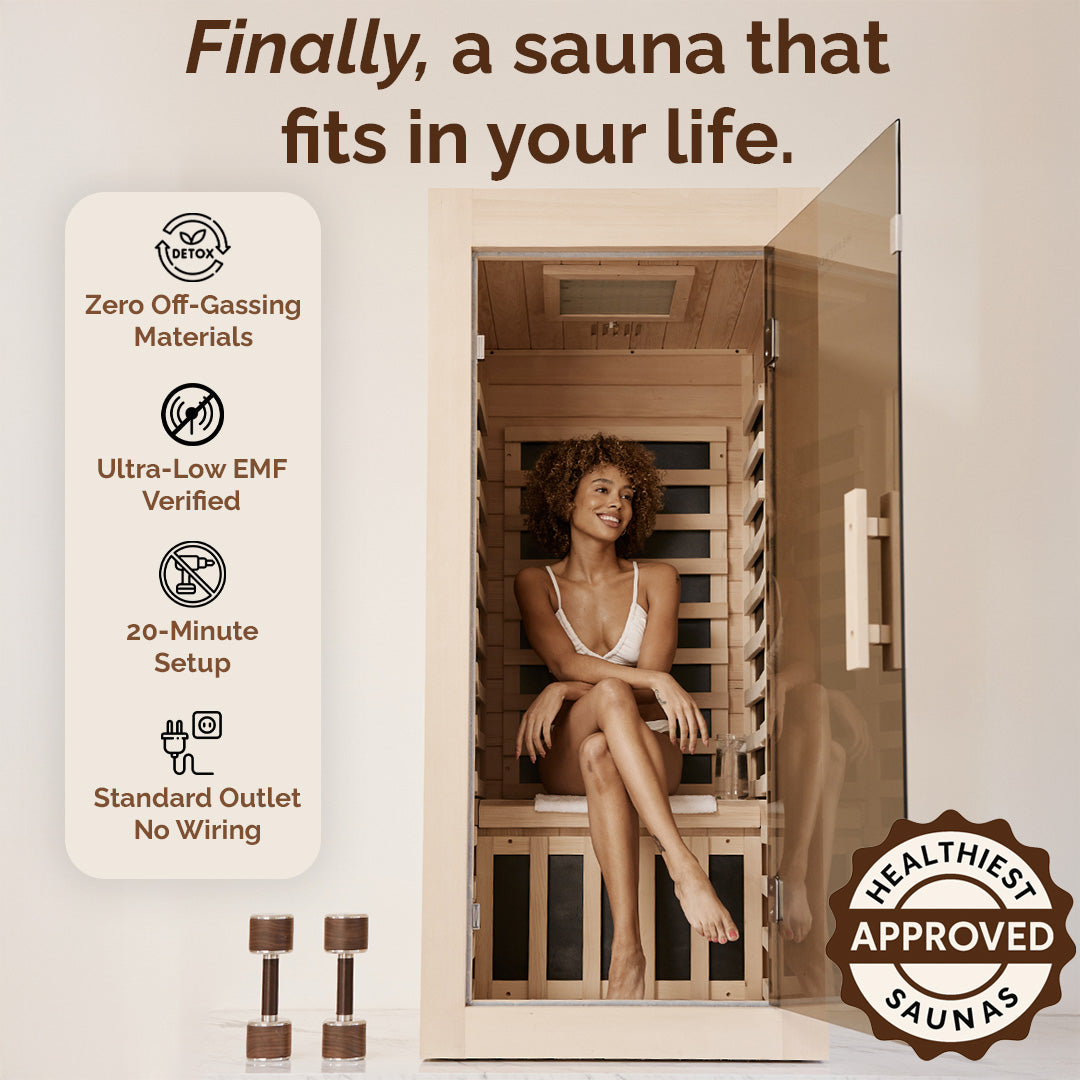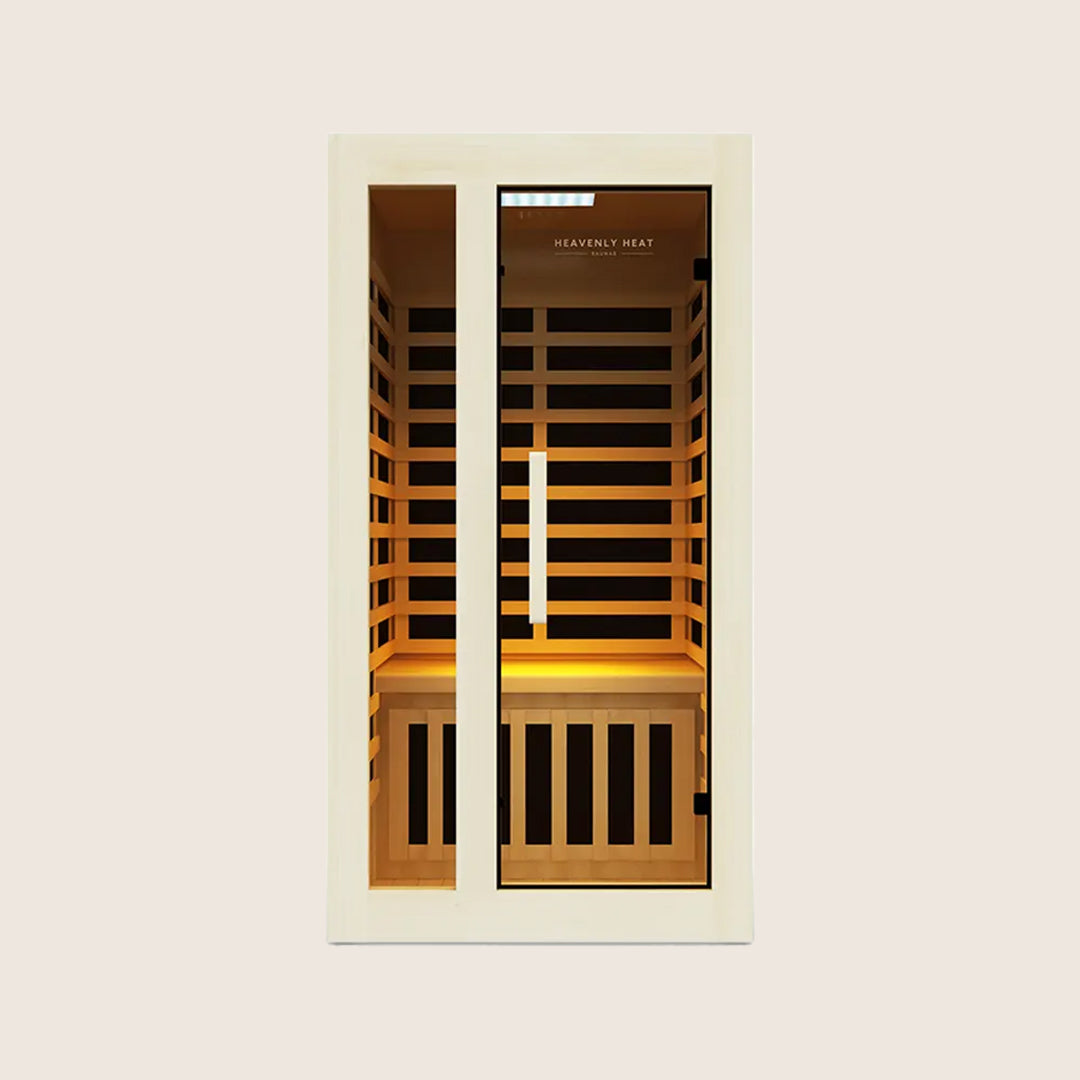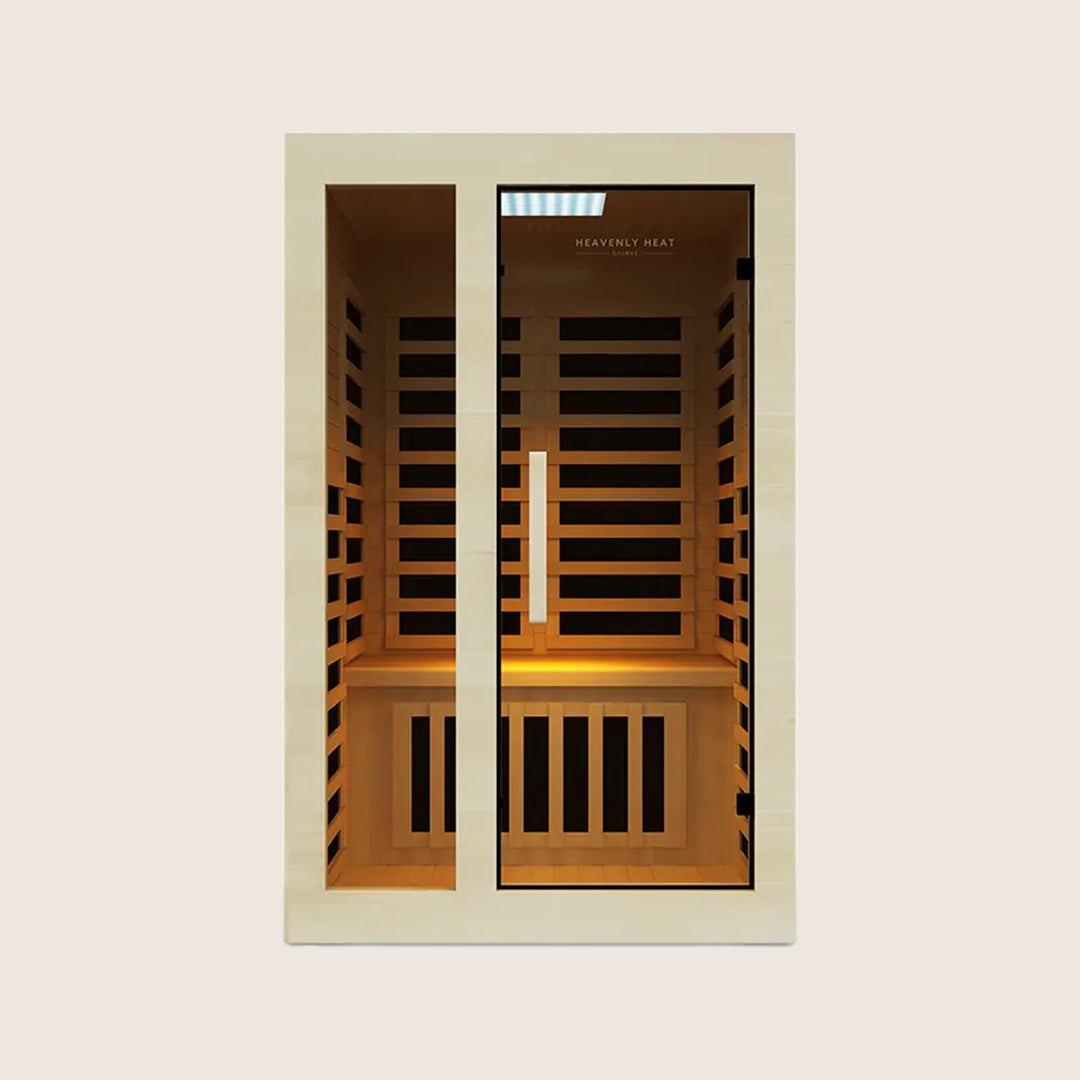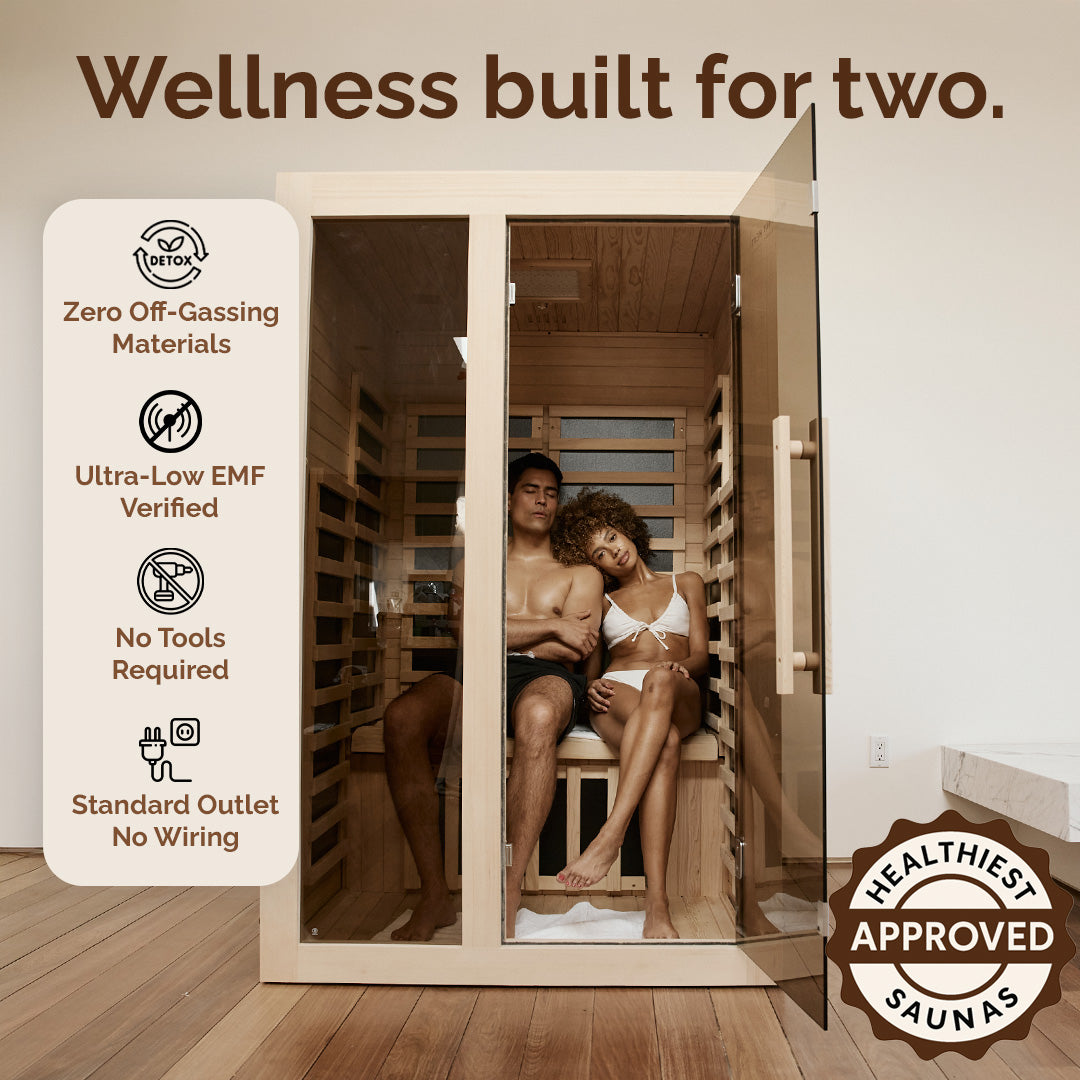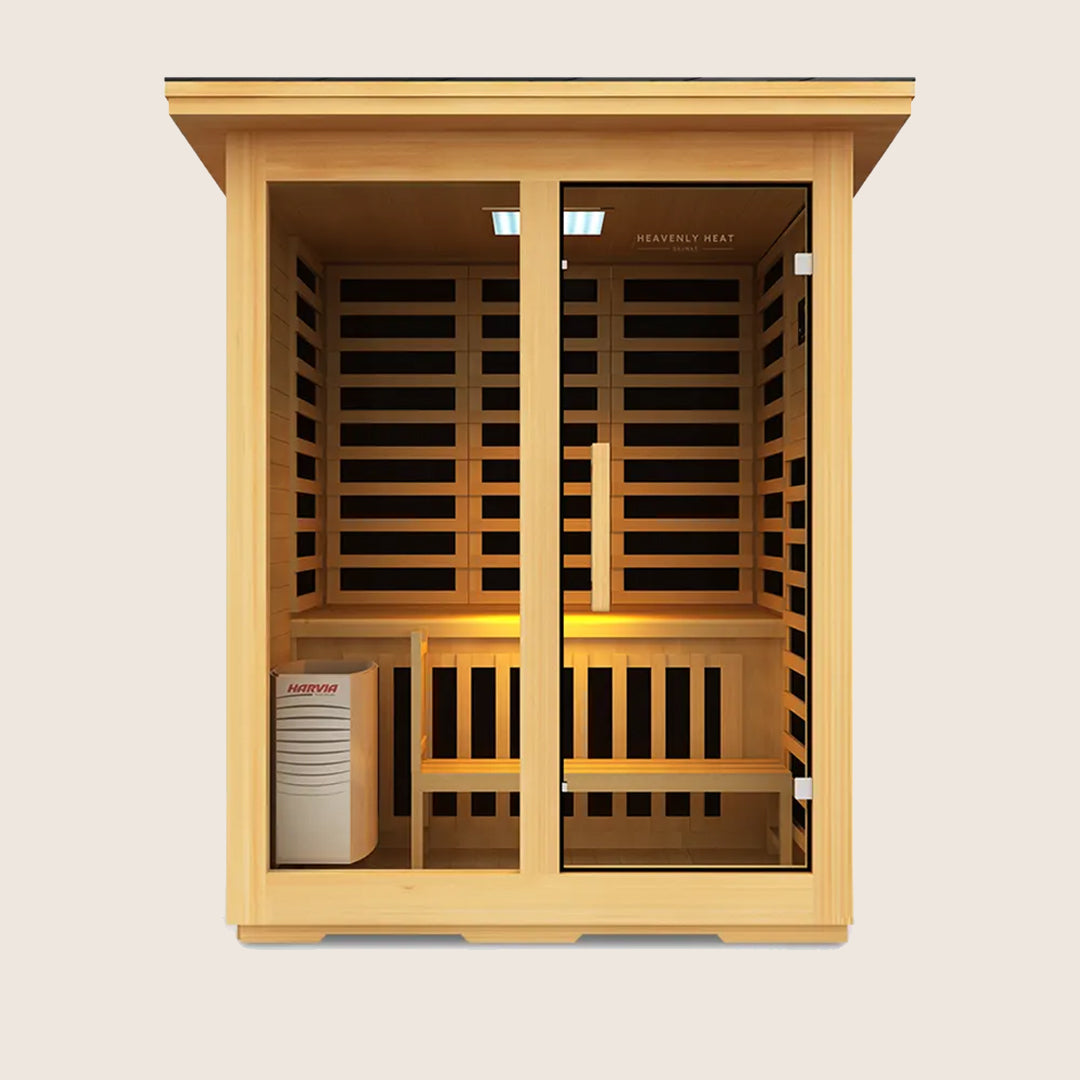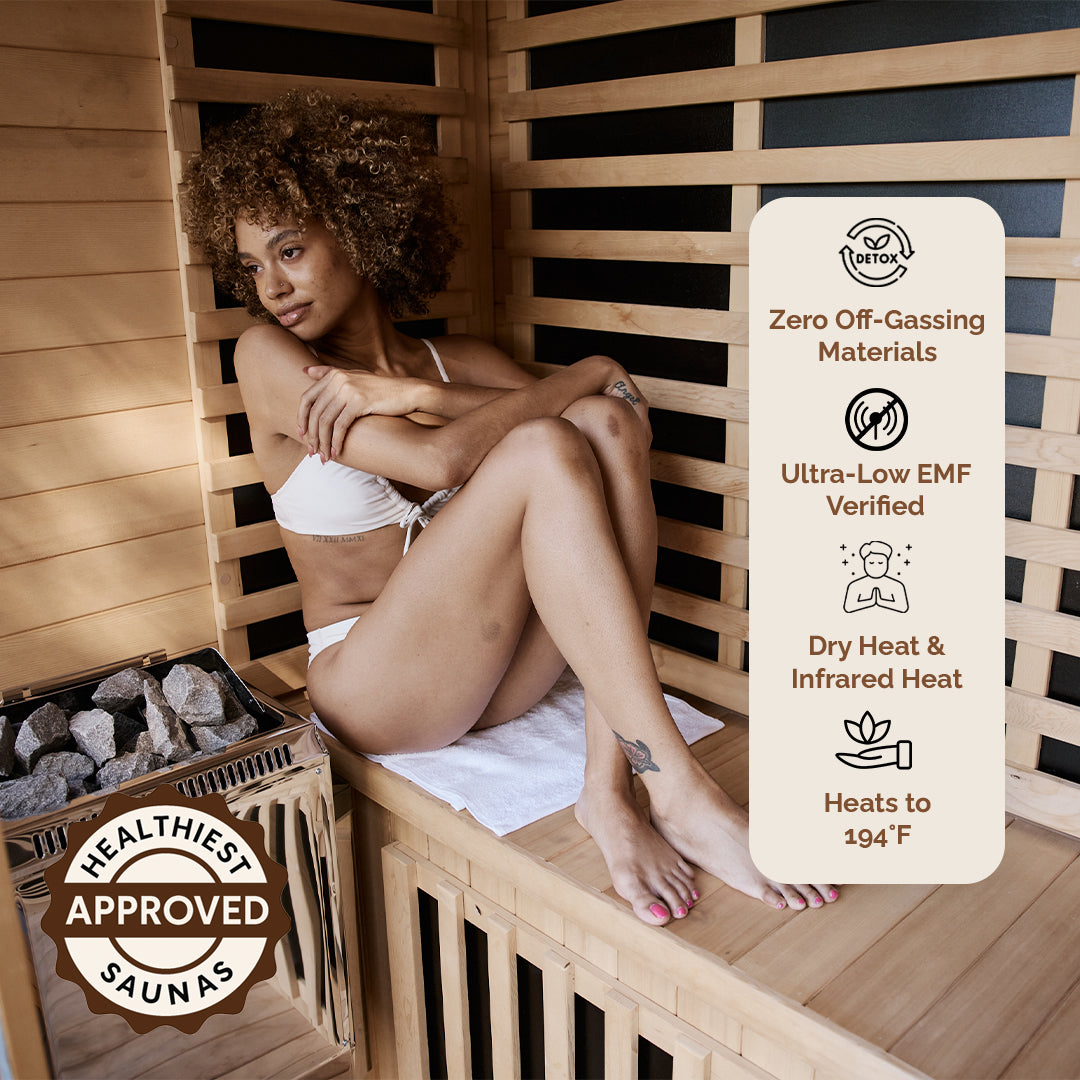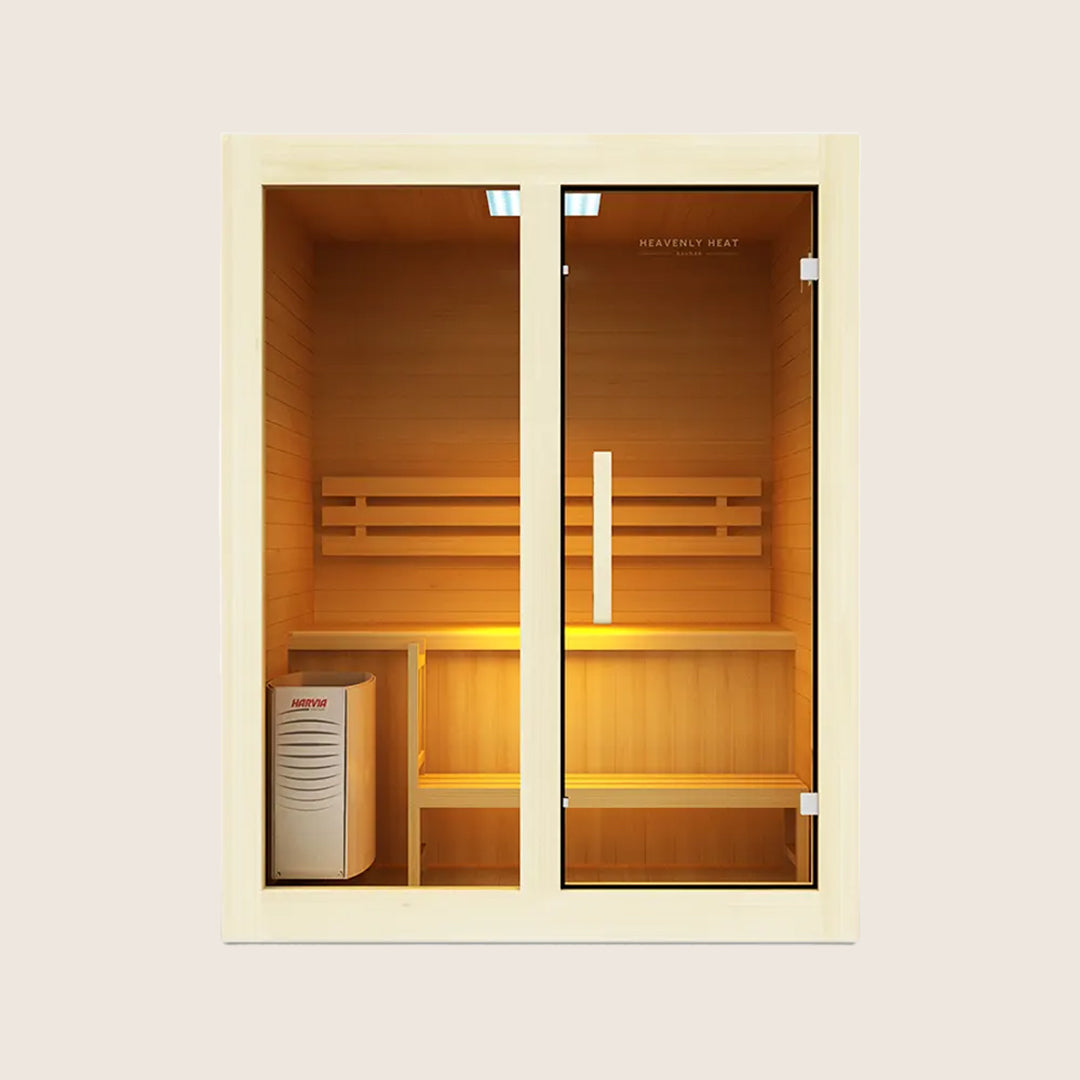The Benefits of Combining Cold Plunge Therapy With Massage
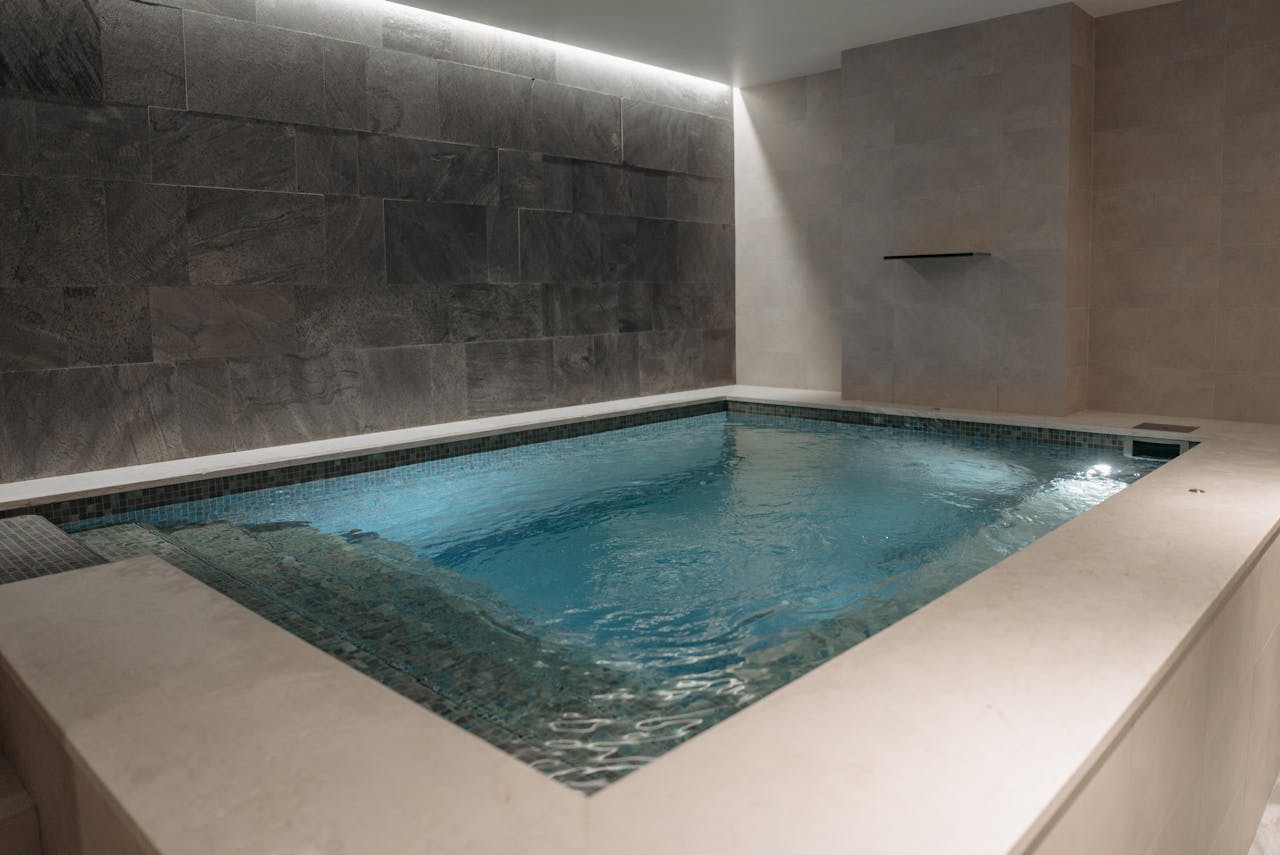
Cold plunge therapy and massage are both great ways to take care of your body. Cold plunges help you feel refreshed, while massages help you relax and relieve stress.
But what happens when you combine them? Together, they can work even better, giving you a boost for your overall health and well-being.
Benefits of cold plunges
Improves Circulation
Cold plunges work by tightening your blood vessels, which slows blood flow to your muscles for a short time.
Once you step out, those blood vessels open up wide, sending a rush of oxygen-rich blood to your tissues.
This boosts circulation and speeds up muscle recovery. One of the best things about cold plunges is how they ease muscle soreness, helping you feel ready to tackle your next workout.
In fact, a 2016 study showed that cold water immersion kept oxygen flowing to muscles during repeated exercise and reduced soreness the next day.
If you want to stay active and recover faster, cold plunges are definitely worth trying!
Boosts Immune System
Cold plunges can give your immune system a powerful boost by putting your body under controlled stress.
When you expose yourself to cold water, your body releases stress hormones like adrenaline. These hormones activate immune cells, such as T cells and monocytes, which help fight off infections.
Over time, this builds your body’s ability to stay strong and healthy. Regular cold plunges can reduce your chances of getting sick and improve your overall wellness.
One study showed that immersing in cold water three times a week for six weeks increased important immune markers like lymphocytes and tumor necrosis factor-alpha.
Another study found that short bursts of cold stress increased T cells and natural killer cells, both of which are essential for fighting infections and even certain cancers.
Cold plunges offer a simple, natural way to keep your immune system sharp and ready to protect you.
Enhances Mood and Reduces Stress
Taking a cold plunge is a simple and powerful way to lower stress and lift your mood.
When you expose your body to cold water, it kicks off the release of feel-good endorphins and helps calm your nervous system.
This natural reaction helps ease anxiety and creates a sense of calm and balance. The benefits are clear—you feel more relaxed, focused, and emotionally steady.
Research published in the Journal of Environmental Psychology even found that open water swimming can boost your mood, reduce mental distress, and provide long-lasting mental health perks.
It's an easy, natural way to feel better and take care of your mind.
Boosts Energy Levels
Cold plunges can give you an instant energy boost by activating brown fat, a special type of fat that burns calories and generates heat.
When you expose your body to cold water, it speeds up your metabolism, breaking down stored fat for energy.
This not only helps you feel more awake and refreshed but also supports your overall metabolic health.
Research shows that cold exposure between 16–19°C can significantly increase energy expenditure and fat burning.
So, cold plunges are a natural and simple way to feel more energized and alert.
Promotes Better Sleep
Lowering your body temperature can help you sleep better and feel more rested.
A study from Frontiers found that immersing your whole body in cold water boosted deep sleep, also known as slow-wave sleep (SWS), which is crucial for recovery.
Athletes who tried cold water immersion not only enjoyed deeper sleep but also woke up less during the night.
This makes it an excellent way to improve sleep quality and speed up recovery after exercise.
Speeds Up Recovery
Cold water immersion helps your muscles feel better and recover faster after a workout.
It reduces soreness and fatigue, so you can keep training without the discomfort. A 2023 study found that cold water immersion (CWI) made muscle soreness go away quicker and made the exercise feel easier right after.
It also lowered key markers of muscle damage and tiredness, like creatine kinase (CK) and lactate, 24 and 48 hours after exercise.
Using cold plunges after workouts helps you recover faster and stay ready for your next session.
Improves Fat Metabolism
Cold plunges can help your body burn fat by activating brown fat, which works to keep you warm.
When exposed to cold, your body burns more calories to maintain its temperature, using fat as energy.
A 2021 study showed that cold exposure increased fat burning, helping you burn 188 extra calories a day.
Another study from 2022 found that regular cold exposure can improve how your body handles fat and increase insulin sensitivity, which is important for metabolic health and managing weight.
Cold plunges can be a powerful tool for improving fat metabolism!
Boosts Mental Clarity and Focus
Cold plunges can give your brain and mood a serious boost. Just five minutes in cold water can make you feel more alert, focused, and inspired, while also reducing feelings of anxiety or stress.
A recent study found that this happens because cold-water immersion helps improve brain activity in areas that control attention, emotions, and self-regulation.
Researchers discovered that cold water activates important brain regions, like the medial prefrontal cortex and the salience network, which help you stay focused and emotionally balanced.
So, if you’re looking for a natural way to sharpen your mind and lift your spirits, a cold plunge might be the answer.
Benefits of Massage
Reduces Muscle Tension and Pain
Massage works wonders for your muscles by applying pressure to them. This pressure helps boost blood flow, improve flexibility, and reduce stiffness.
Research from 2005 shows that the pressure increases blood flow to your muscles and raises their temperature, which helps them relax.
Massage also impacts your nervous system, lowering stress hormones like cortisol and encouraging relaxation through better parasympathetic activity.
A 2016 review found that massage therapy effectively reduces pain, anxiety, and improves overall well-being, especially when compared to no treatment or placebo treatments.
If you’ve just worked out, a post-exercise massage can ease soreness and speed up recovery.
Massage therapy not only targets muscle pain but also promotes emotional relaxation, making it an excellent tool for athletes or anyone who needs relief from muscle tension or discomfort.
Improves Circulation
Massage helps improve blood flow in both your skin and muscles, delivering more oxygen and nutrients to your body.
A 2004 study found that massage boosts circulation, benefiting your skin and muscles.
In a 2010 study, lumbar massages increased skin blood flow, muscle blood volume, and even skin temperature, showing just how effective it is.
Another study revealed that a 20-minute neck and shoulder massage raised the temperature of both the treated area and the nearby areas, suggesting better blood flow.
These positive effects can last up to 60 minutes after the massage, making it a great, natural way to support circulation and muscle health.
Enhances Flexibility
Massage helps loosen tight muscles and improve your range of motion, making it easier to move and reducing stiffness.
This is especially helpful for athletes and active people. A 2020 study found that when you combine massage with static stretching, flexibility can increase by up to 16%, and it won't affect your performance.
This makes massage a great way to stay agile and prevent injuries.
Another 2020 study showed that Swedish massage greatly improved hamstring flexibility in female athletes, with the benefits lasting up to five days after the session.
Tests like passive straight leg raises and knee extensions showed improvements of 8% to 30%.
Promotes Relaxation and Reduces Stress
Massage therapy is a great way to relax and reduce stress, with both immediate and long-lasting benefits for your mental health.
A study from 2010 showed that even just one massage session can lower your heart rate and reduce cortisol (the stress hormone) levels, making you feel more calm and at ease.
In fact, back massages have been proven to help lower anxiety, as measured by the State-Trait Anxiety Inventory (STAI), making them effective for both physical and mental relaxation.
Another study from 2008 looked at how regular massage sessions over time can positively affect your body’s stress response.
It found that consistent massages can reduce diastolic blood pressure, which is great for your overall health.
Interestingly, the study also showed that massage can increase levels of salivary chromogranin A, a protein with antibacterial and antifungal properties, suggesting that massages may even give your immune system a boost.
These findings highlight how massage not only calms your mind but also supports your body, making it a natural way to manage stress and promote overall well-being.
Improves Sleep Quality
If you're looking for a simple and effective way to improve your sleep, a recent 2023 study might have the answer.
It found that foot reflexology massage can help boost sleep quality, especially for those dealing with serious health conditions.
In the study, critically ill patients who received just two nights of massage therapy in a cardiac care unit reported better sleep.
While the overall quality of the evidence was rated as low, the study emphasizes that massage is a non-invasive, affordable, and practical solution to help you sleep better and feel better overall.
It's a small change that can make a big difference in your well-being.
Relieves Headaches
Massage therapy is a great way to relieve headaches by focusing on the muscle tension in your neck and shoulders.
Tight muscles in these areas often cause headaches, and massage helps to relax them. By improving blood flow and easing muscle stiffness, it can significantly reduce pain.
One study from 2002 showed that people who suffer from chronic tension headaches experienced fewer headaches after just a week of regular massage.
Another study in 2006 found that massage therapy not only helped reduce the frequency of migraines but also improved sleep quality, lowered stress, and even reduced anxiety and heart rate.
These findings prove that massage is a natural and effective way to ease headache pain by targeting the root causes like muscle tension and stress.
Aids in Injury Recovery
Massage therapy plays a key role in injury recovery by helping you relax, improving blood circulation, and easing muscle soreness.
These benefits speed up healing and reduce the chance of further strain.
According to research from the BMJ Journal, while massage may not boost performance directly, it does offer major relief by reducing delayed onset muscle soreness (DOMS) and improving flexibility.
These advantages help athletes recover more quickly and get back to their training with less discomfort.
In short, massage therapy is an effective and valuable part of the recovery process.
Improves Skin Health
Facial massage can do wonders for your skin by stimulating the muscles and tissues under the surface.
This helps make your skin firmer and gives it a youthful glow. A study from 2022 showed that facial massage can reduce sagging and tighten the skin.
By working on the muscles, like the superficial musculoaponeurotic system (SMAS), the massage improves the structure and tone of the skin.
After just two weeks of doing a simple self-massage, participants noticed their cheeks became thinner and the SMAS area lifted, giving their skin a firmer, smoother look.
Plus, the massage encourages better circulation, helping revitalize the skin.
Tips to combine cold plunging with massage
Cold Plunge First, Then Massage for Ultimate Relaxation
Starting with a cold plunge helps reduce muscle inflammation and tightness by constricting blood vessels and slowing circulation.
When you follow it with a massage, your muscles are already primed to release tension and relax deeply as the cold-induced constriction gives way to increased blood flow.
If you do a massage first, the muscles may not fully benefit from the cold plunge's healing effects. The ideal order is cold plunge first, then massage.
Target Muscle Tension with Massage After Cold Plunge
The cold plunge tightens your muscles, and the massage helps relax and lengthen them, improving flexibility.
Use firm but gentle strokes to work through tight muscles, focusing on areas that feel tense.
However, avoid overworking muscles that are still recovering from the cold, as they may be more sensitive.
Wait Before Starting Your Massage After a Cold Plunge
It’s important to wait 10–15 minutes after a cold plunge before starting your massage.
This gives your body time to adjust to the temperature change and allows your muscles to relax.
During this waiting time, focus on deep breathing or gentle stretching to keep your body warm and ready.
Finish with Warmth After a Cold Plunge and Massage
You can use a warm towel, a heating pad, or a cozy blanket to gently reheat your muscles.
This helps prevent stiffness or tension that may arise after the cold plunge and massage.
However, avoid using intense heat, such as a sauna or hot shower, immediately after the cold plunge, as it could shock your system.
Gradually introduce warmth to your body to help your muscles adjust and avoid any discomfort.
Opt for Gentle Massage Techniques
After a cold plunge, you should focus on gentle massage techniques that help your body recover without overwhelming it.
Swedish massage is a great choice because it uses long, flowing strokes that promote relaxation and improve blood flow.
You can also try lymphatic drainage or aromatherapy massage, both of which are soothing and reduce swelling.
Avoid deep tissue massage right after the cold plunge, as it can be uncomfortable while your muscles are still adjusting.
Make the Massage Space Relaxing
Dim the lights, play soft music, and use calming scents like lavender to create a soothing environment.
This encourages your body and mind to fully relax, maximizing the benefits of your therapy.
Conclusion
Cold plunge therapy and massage both offer distinct health benefits. Cold plunges enhance circulation, boost energy, and speed up recovery, while massages relax muscles, reduce stress, and improve flexibility.
Combining both therapies can amplify these benefits, promoting overall well-being.


